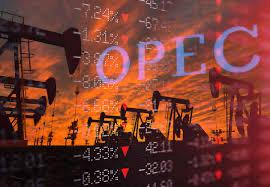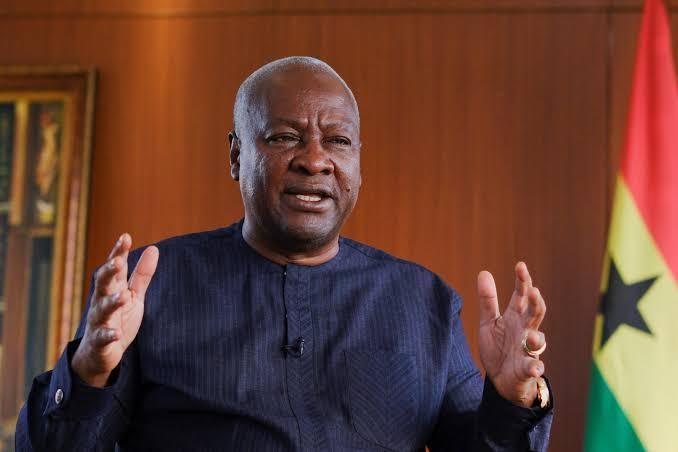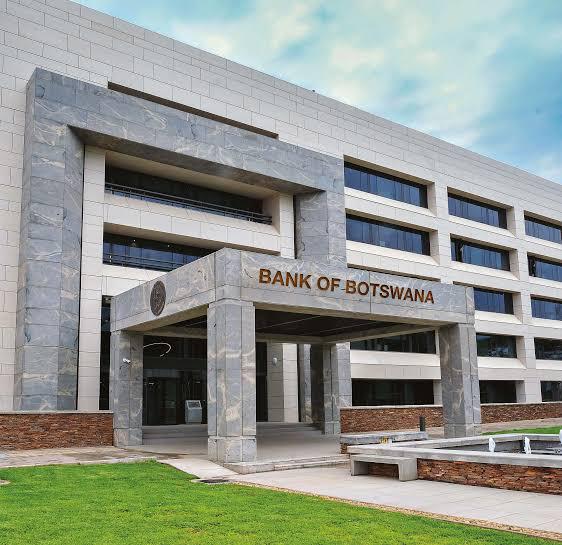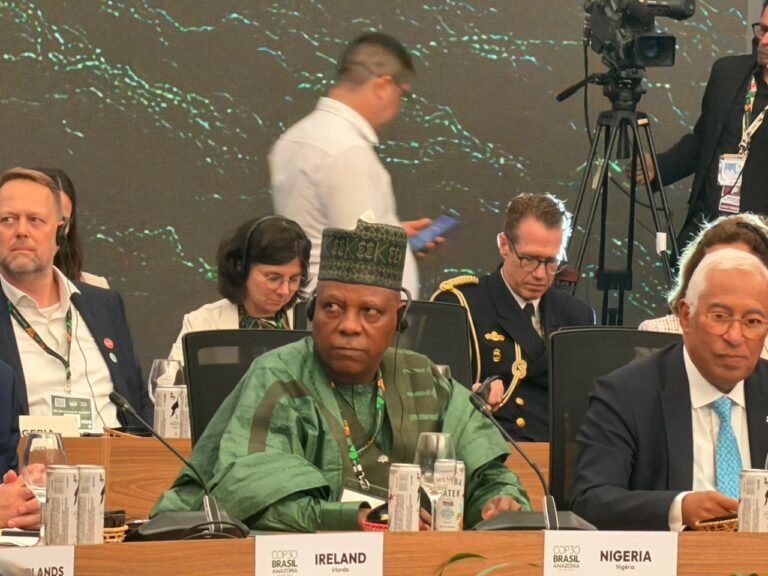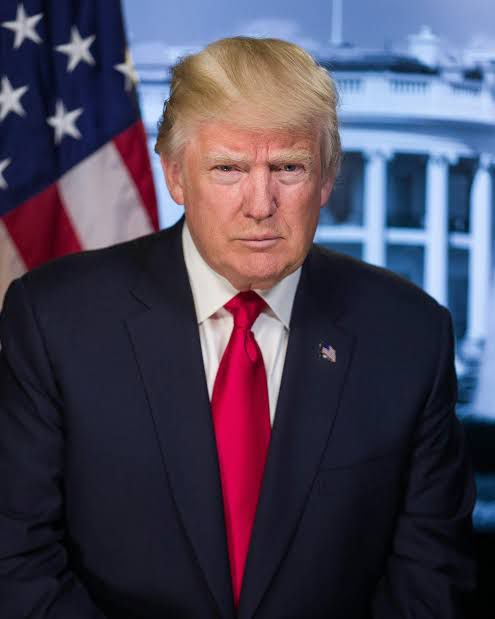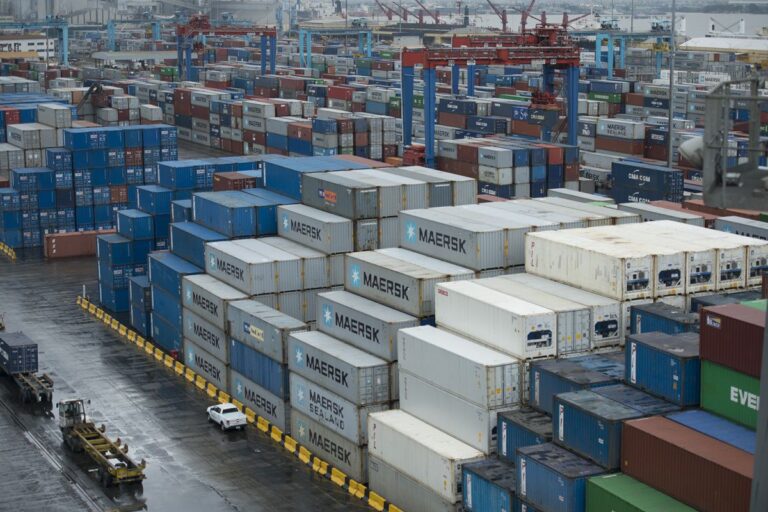Global oil prices experienced a notable dip on Monday as the OPEC+ alliance delivered an unexpected blow to market expectations, announcing a more significant increase in August output than anticipated. This move, coupled with persistent uncertainty surrounding potential U.S. tariffs and their implications for global economic growth, fueled concerns about oversupply and dampened demand outlooks.
The Organization of the Petroleum Exporting Countries and its allies (OPEC+), comprising some of the world’s largest oil producers, agreed on Saturday to raise their collective crude production by 548,000 barrels per day (bpd) for August. This figure significantly exceeds the 411,000 bpd monthly increments that had been approved for May, June, and July, catching many market analysts off guard. The decision is seen by some as a more aggressive play for market share, even at the cost of softer prices and revenues.
Brent crude futures fell over 1%, trading around $67.50 a barrel, while U.S. West Texas Intermediate
(WTI) crude saw a steeper decline of approximately 2%, hovering around $65.68 a barrel in early Monday trading. This downward pressure reflects immediate market reaction to the increased supply coming online.
Adding to the bearish sentiment are ongoing concerns about U.S. tariff policies. Despite reports of a potential delay in new tariffs, concrete details remain elusive, leaving investors apprehensive about the potential for escalating trade tensions to weigh on global economic activity. Higher tariffs could disrupt supply chains, reduce international trade, and ultimately curb industrial output, thereby reducing global oil demand.
The International Monetary Fund (IMF) has previously warned that U.S. import tariffs pose a “significant risk” to the global economy.

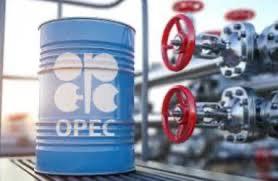
Analysts at S&P Global Commodity Insights have stated that oil markets remain oversupplied, with supply growth outpacing demand. They anticipate supply to outstrip demand by 1.2 million bpd in the second half of 2025. While geopolitical tensions, such as those between Israel and Iran, had briefly pushed Brent crude near $80 a barrel in June, the impact on prices was short-lived, highlighting the underlying bearish fundamentals.
OPEC+, in its statement, cited a “steady global economic outlook and current healthy market fundamentals, as reflected in the low oil inventories” as reasons for the increased output. This decision marks a continued unwinding of the 2.2 million bpd voluntary cuts that were implemented by eight OPEC+ members. The alliance maintains that these gradual increases can be paused or reversed depending on evolving market conditions, signaling a commitment to market stability.
However, the larger-than-expected hike for August indicates a willingness to inject more crude into the market, challenging previous assumptions of a more cautious approach. The coming weeks will be crucial as markets closely watch for further developments on U.S. trade policy and assess the actual impact of OPEC+’s increased output on global oil inventories and prices.



